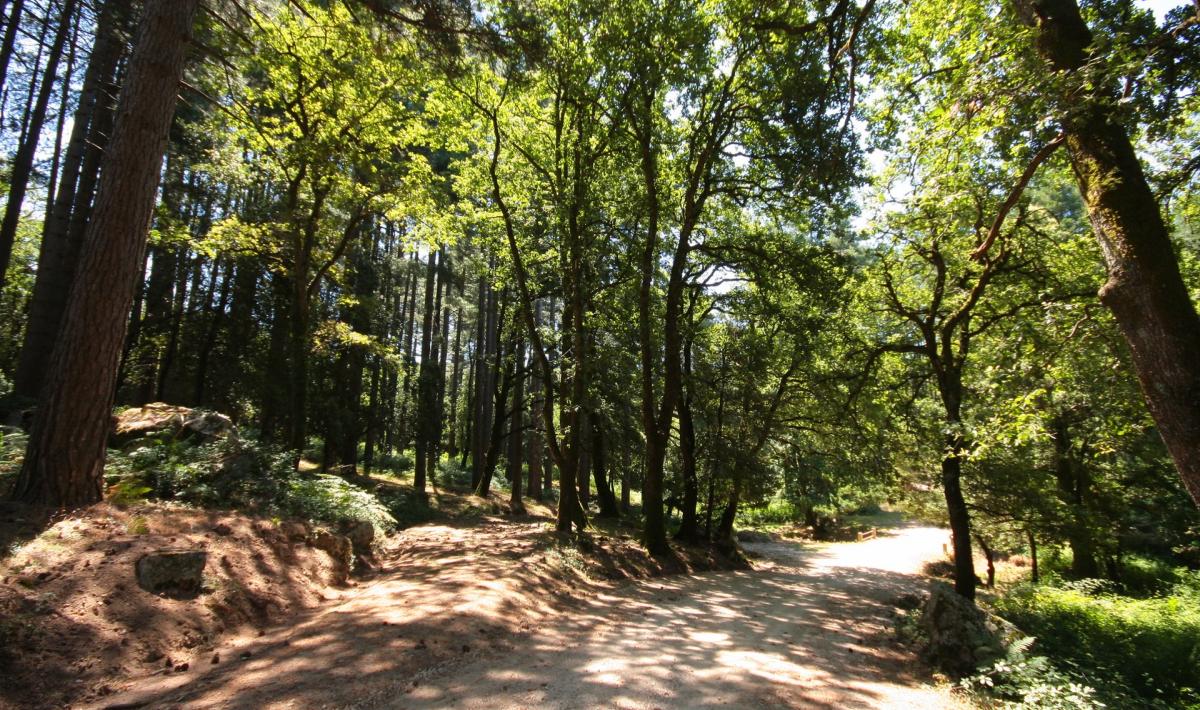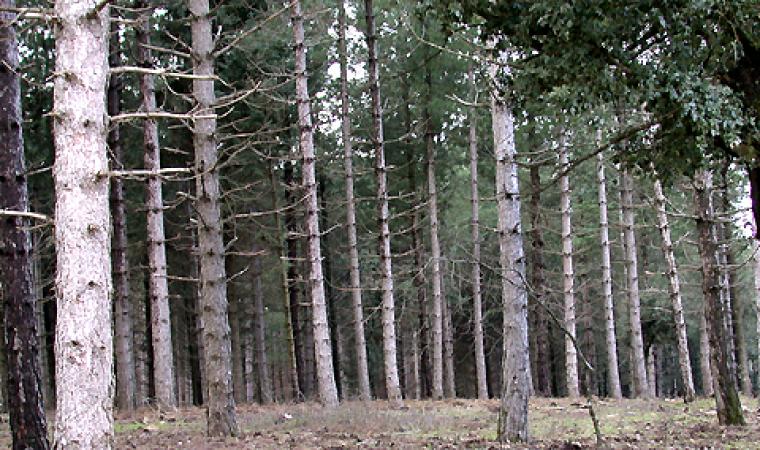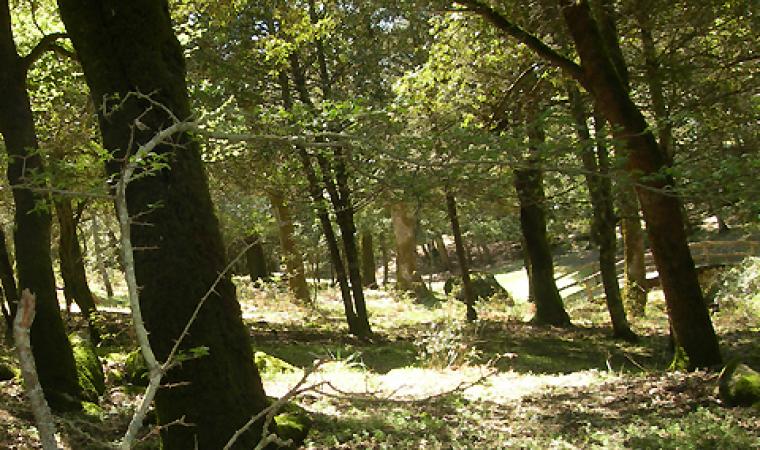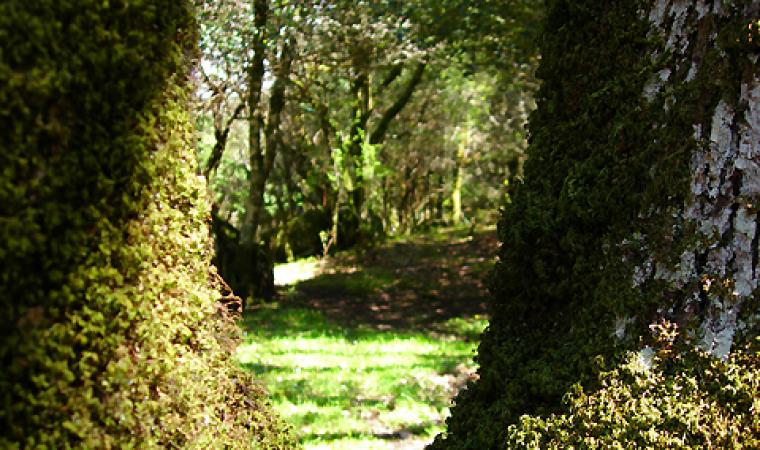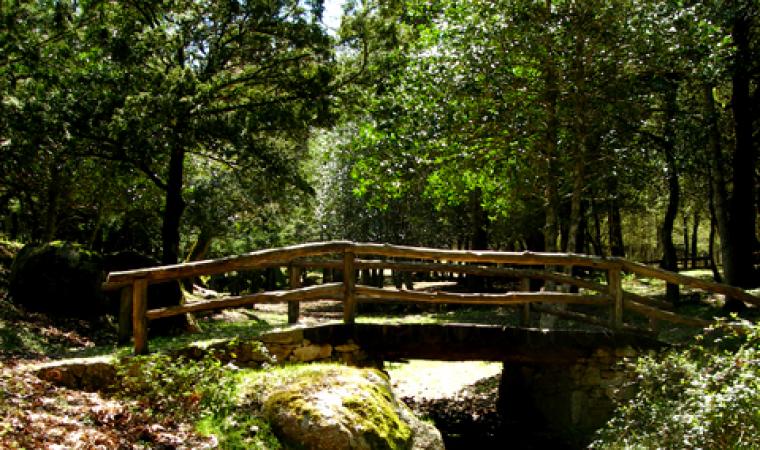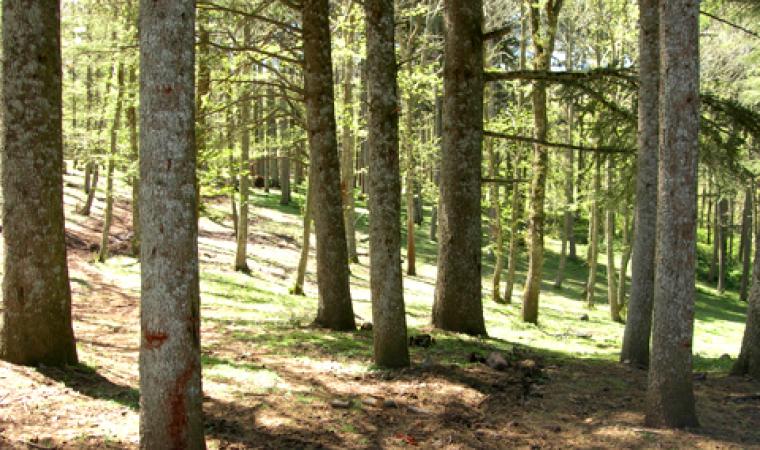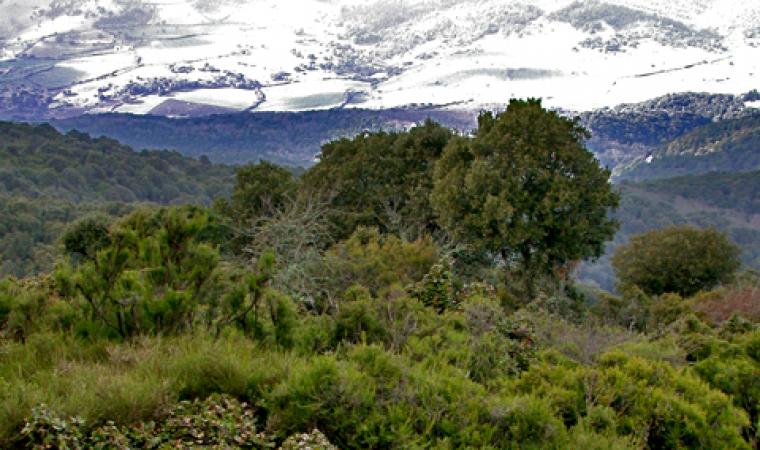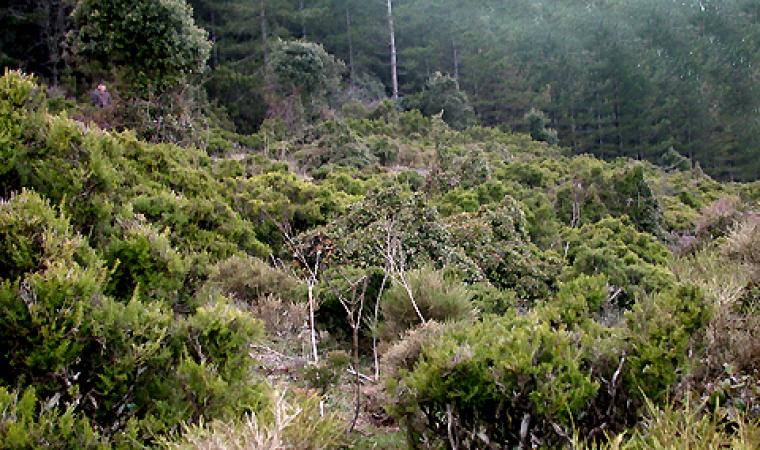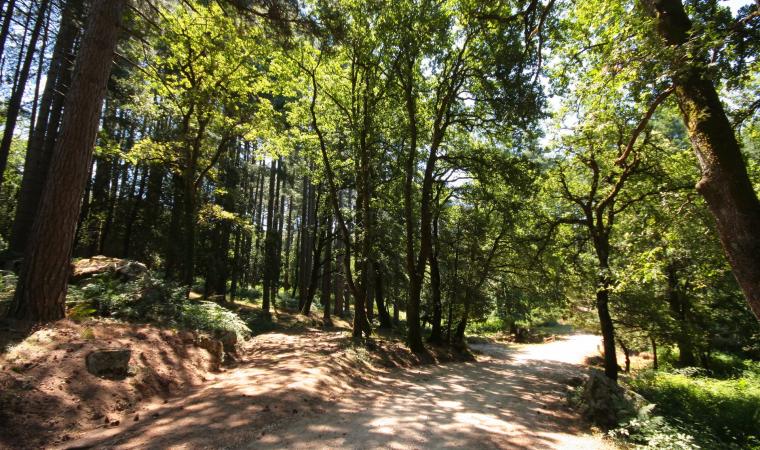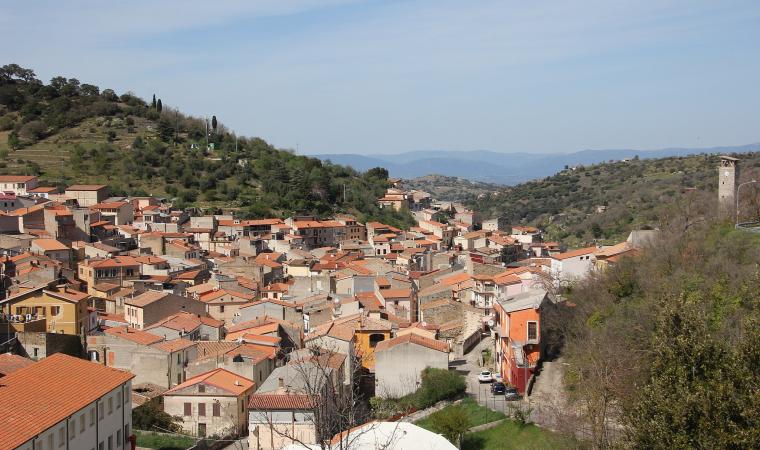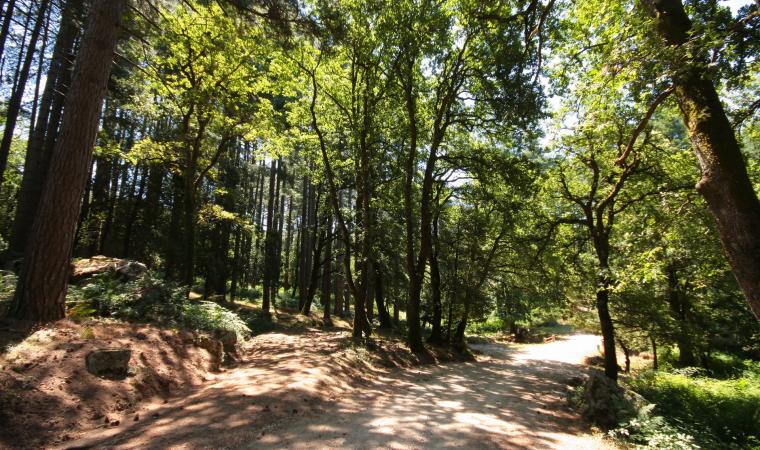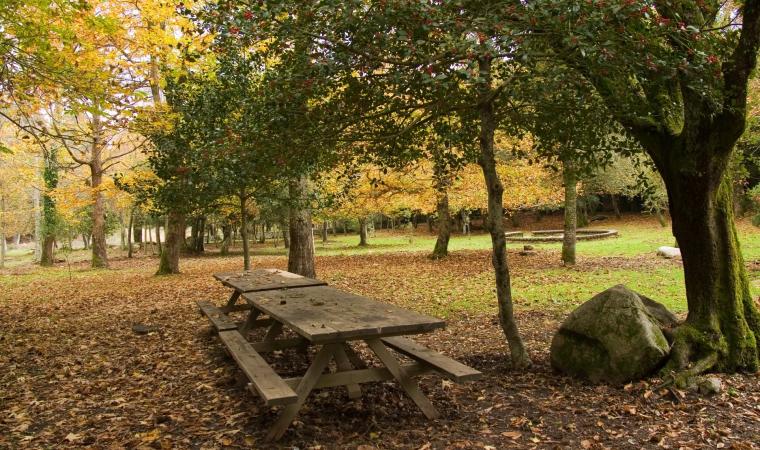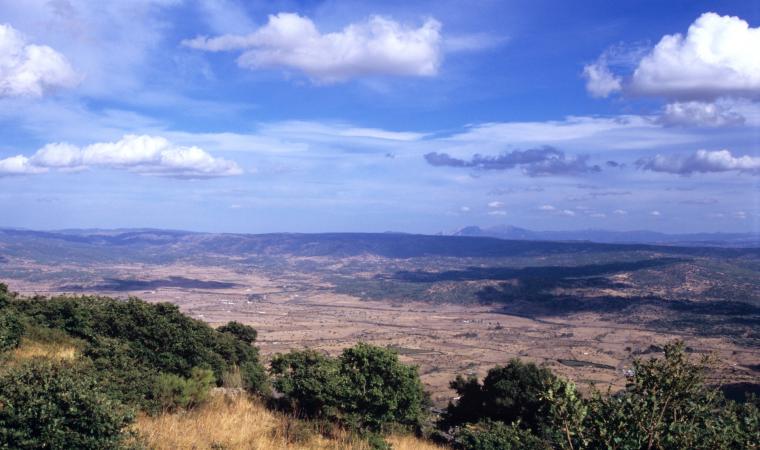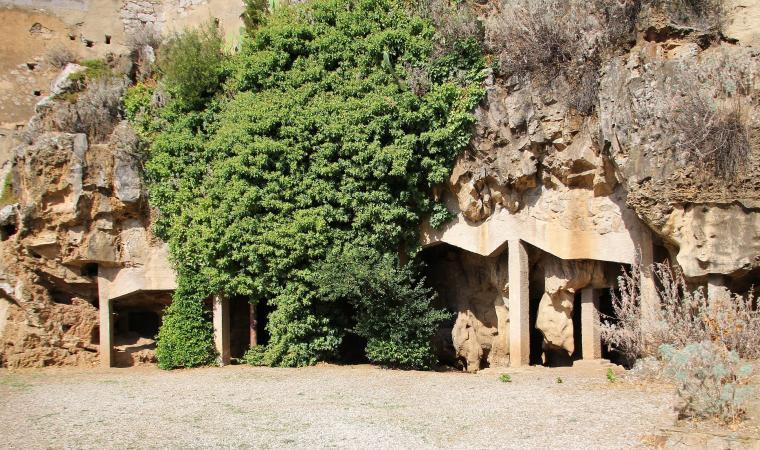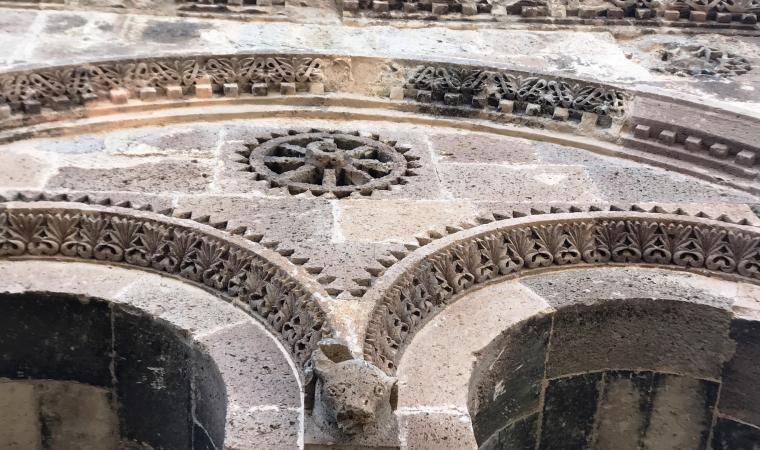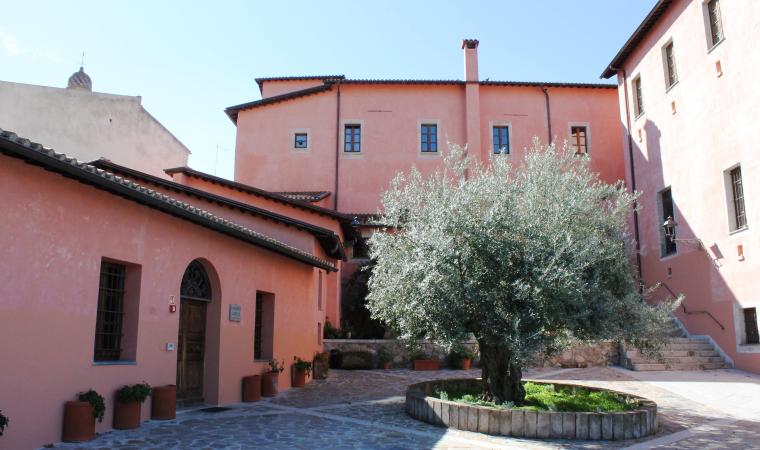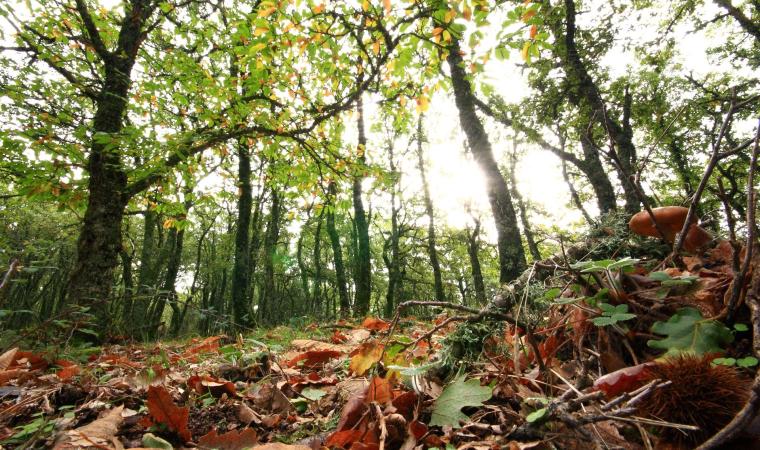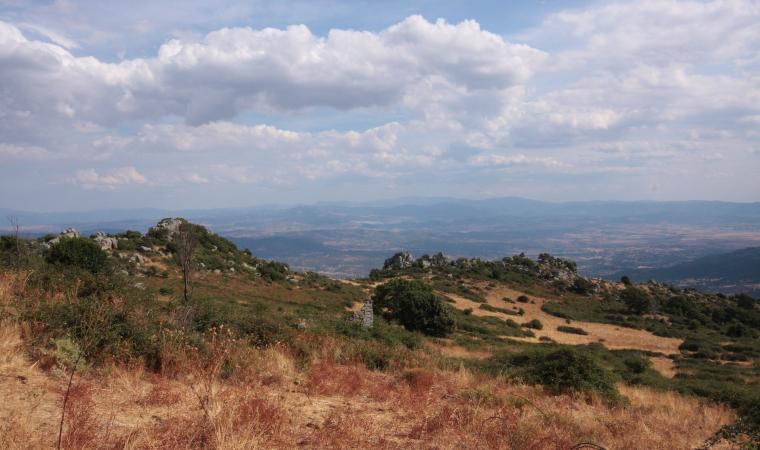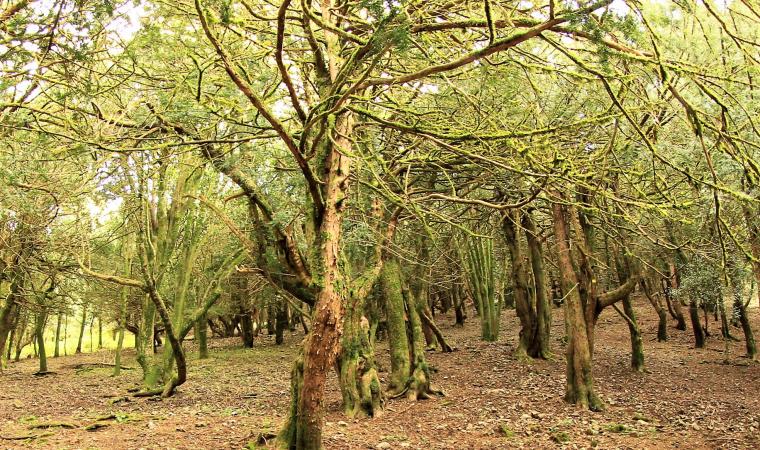It is one of the oldest state-owned forests in Sardinia, preserving monuments and archaeological sites, and it contains some of the tallest trees on the island. The Fiorentini forest stretches through the territory of Bultei, to the north of the complex of state-owned forests of Goceano and includes Forest’Anela in the south-east and the forest of Monte Pisanu in the south-west. Originally, Fiorentini was also a part of it, while today it is included in the complex of Monte Acuto. Like its ‘neighbours’, it has also been state-owned since 1886. Most of its trees extend across a granite plateau, over an area of almost 1600 hectares. At high altitudes, you can admire holm oak woods, while at slightly lower levels you will notice the presence of majestic cork oaks dominating the valley and providing excellent quality cork. In some places, the holm oak woods are denser and become mixed with downy oaks, holly and a few yew trees.
In the locality of su Tassu, you will be surprised to see some black pines (pinus nigra laricio) looming up towards the sky, some standing over thirty metres tall. This tree is one of the non-native species planted during the reforestation phase, along with Atlas cedar, sycamore maple, sequoia, California pine and chestnut trees. Speaking of chestnut trees, you will find a grove of centuries-old trees in the locality of sa Fraigada, next to a picturesque church dedicated to St. Francis and St. Clare. There are cool springs surrounding a park with tables and spaces for barbecues here.
These are not the only emotions brought to you in Fiorentini: in the locality of sa Pruna there is an ancient nursery, converted for the cultivation of medicinal and arboreal plants. A short distance away, you will find traces of human presence dating back to the Nuragic age: the Tomb of Giants sa Presone stands out, with a semicircular area made using the row technique and with an unusual niche on the side of the funeral chamber, perhaps where offers or a deceased person in a crouched position were placed. In the surroundings there are also the remains of two nuraghi. The Fiorentini paths to be explored branch out from the forestry corps barracks and are accessible to anyone at any time of year: in the summer you will appreciate the shade of the dense woods and the refreshment guaranteed by the numerous springs, while in the autumn you can enjoy the beautiful foliage that colours the paths with red and yellow. During the winter, you will be thrilled to walk amidst soft, thin blankets of snow, while Fiorentini is at its best in the springtime, when it explodes into a myriad of colours.
To complete the tour of the forests of Goceano, also visit Monte Pisanu and Forest’Anela: inside the first, included in the territories of Bono and Bottidda, you will find the ‘enchanted’ forest of sos Nibberos, made up of centuries-old yew trees; Forest’Anela falls within the territories of Anela, Bono and Bultei and has ‘Apennine’ features, with expanses of beech trees that rejuvenate spontaneously here.

